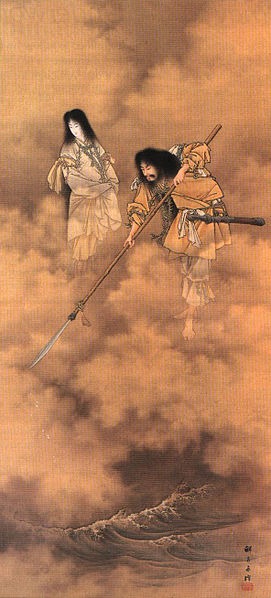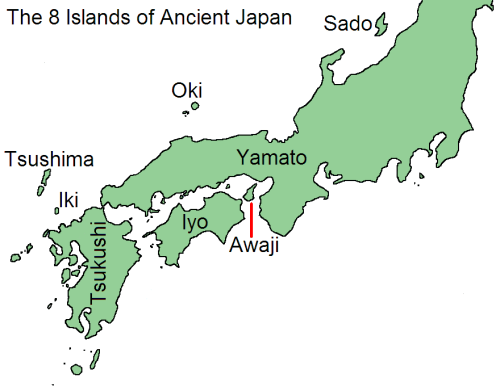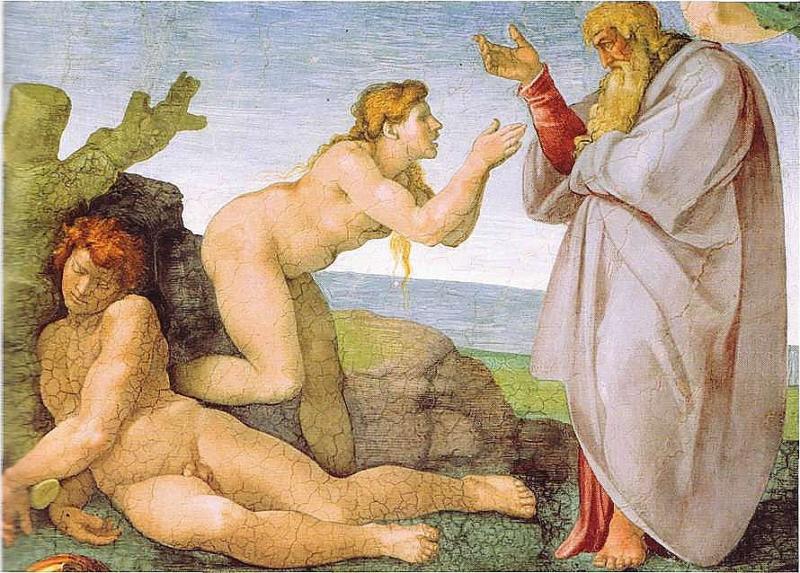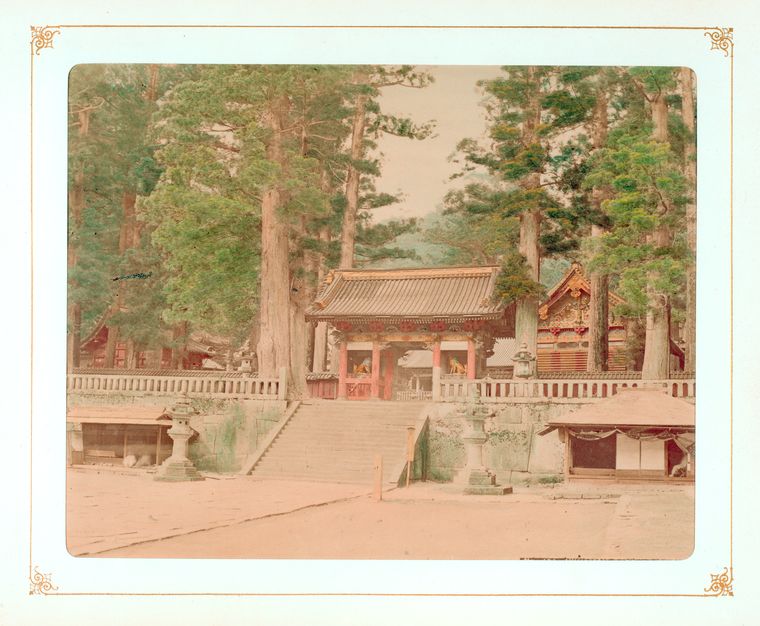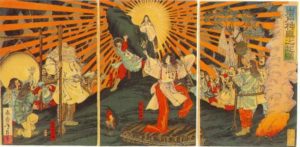
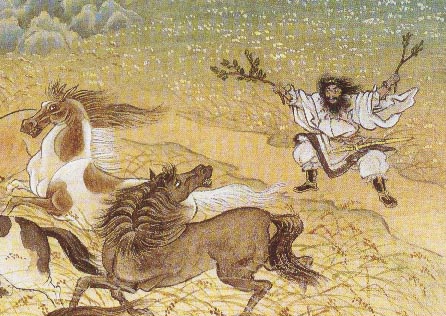
by Kinuko Y. Craft
Amaterasu inherited the rule of heaven from her parents. She was at odds with her brother Susanoo who was a selfish cruel god and ruler of the nether world. However, before he left for the nether world, he rose in the sky, causing Amaterasu to be concerned for her kingdom. He claimed only good intentions; he only wanted to see his sister before leaving. The pair then engage in an odd sort of incest. Susanoo chews Amaterasu’s jewelry and spits out children. Amaterasu chews up his sword and spits out her own set. They exchange the children; the children of the sword inherited Amaterasu’s authority in heaven. The children born from her jewels became the imperial family.
Well, a short time passes and Susanoo still hadn’t left the sky. As was his nature, he started causing problems like breaking rice fields dikes. His antics went too far when he broke a hole in Amaterasu’s roof and threw in the corpse of a colt, causing her to cut herself on her shuttle while she was weaving. Like Greek myths, divine beings in Japanese mythology are quite human. Anyway, in outrage she goes into a cave, plunging heaven into darkness.
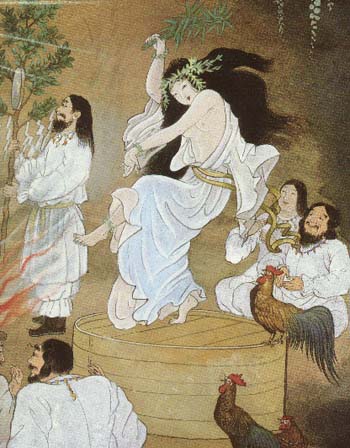
The seductive dance meant to lure Amaterasu from her cave.
by Kinuko Y. Craft
The other deities tried to get the Sun Goddess to return by offering her beautiful things and even had a goddess dance lewdly: ” pulling out the nipples of her breasts and pushing down her skirt-string to her private parts.” The laughter made Amaterasu curious, and the deities grabbed her, begging her not to leave them again. They took it upon themselves to punish Susanoo. They fined and banished him from heaven.

The Kojiki continues with other tales of Susanoo and Amaterasu. The chronicle can loosely be described as a type of bible for Shinto beliefs. It provides various lessons on human nature and served as a political tool for the Imperial family. Japanese myths tend to be grounded in everyday affairs. Amaterasu was working on weaving a roof when her brother caused her problems. Unlike Greek myths, Japanese deities tend to be entities that people don’t really have to fear. They tend to be homely and sociable rather than otherworldly. Even Susanoo’s antics and selfishness has a childlike aspect to it. He is poking fun at his older sister but goes a little too far. He also violates the will and life of nature through his antics. Amaterasu tends to be forgiving and overlooks most of her brother’s antics. Even then, she doesn’t lash out against him. Rather she retreats to a cave to take care of her cut and spend some time alone until her anger passes. Susanoo is only fined and banished when the deities conclude he can’t behave properly.
The story underlines compassion.
The Kojiki is one of the oldest sources of these stories. They are stories that show what the people of the time considered important or were thinking about. They are stories that focus on how one should act or not act. They are stories used to legitimize, or at least explain, way society had its structure.
Japanese mythology is interesting and quite different compared to Western myths. Amaterasu eventually become the most important deity of Shinto and Japanese mythology.
References
Chamberlain, B (1919). The Kojiki. http://www.sacred-texts.com/shi/kj/
Kojiki. Washburn University. http://www.washburn.edu/reference/bridge24/Kojiki.html
Pelzel, J. (2012). Human Nature in the Japanese Myths. http://cla.calpoly.edu/~bmori/syll/Hum310japan/Myths.html
